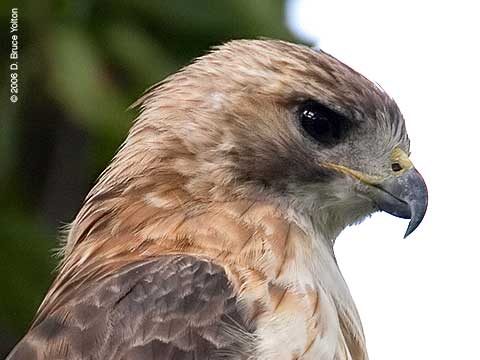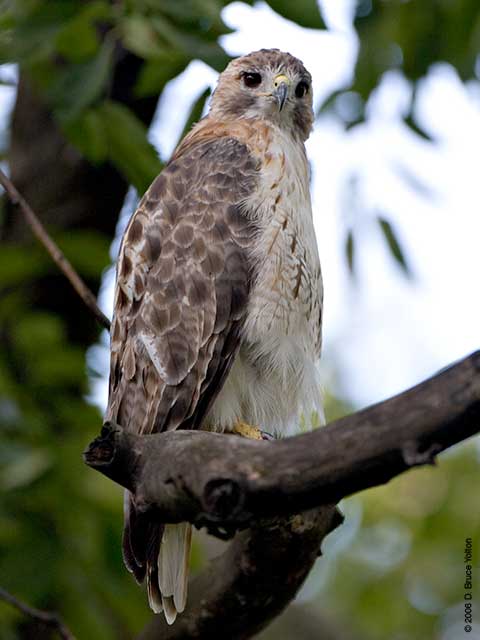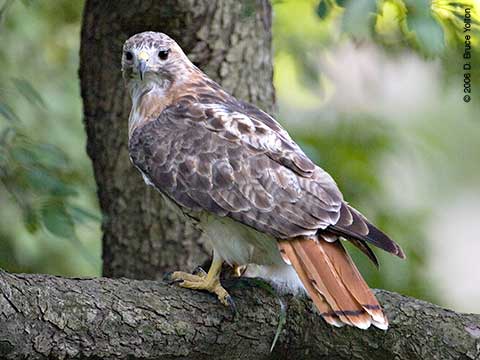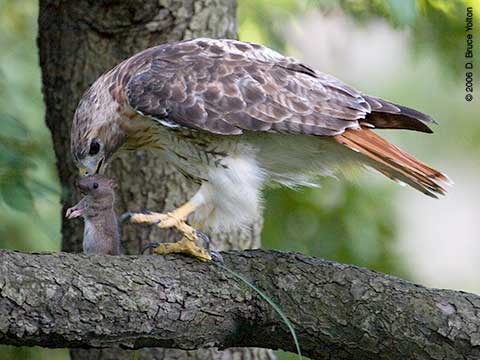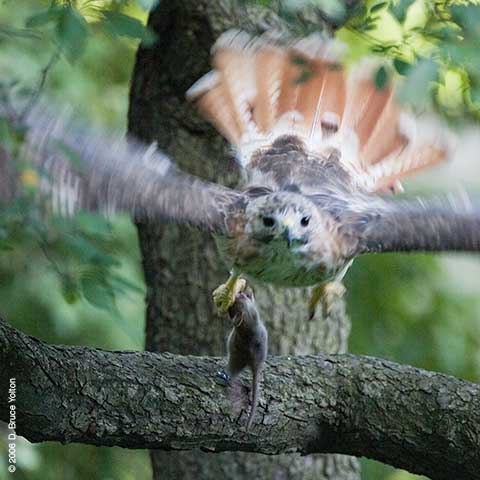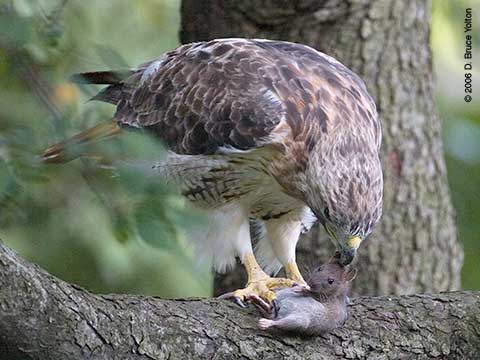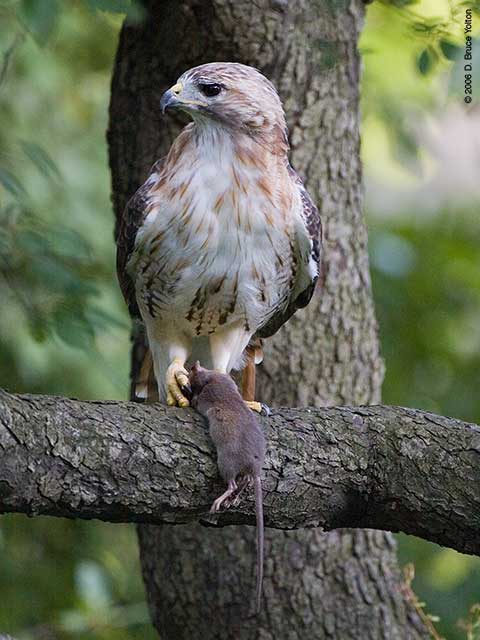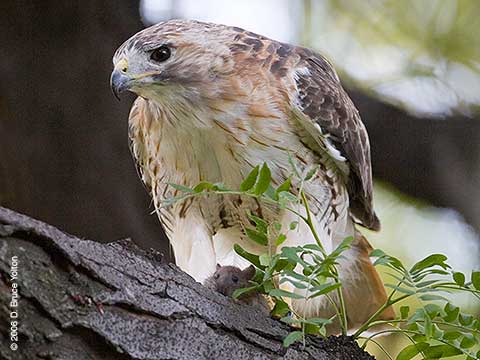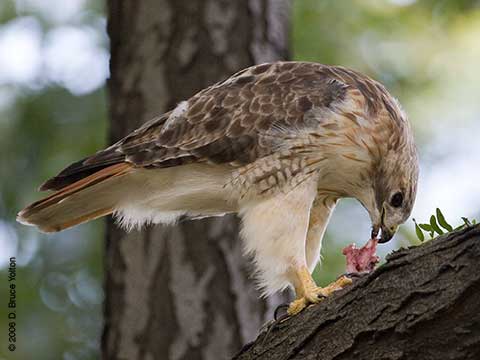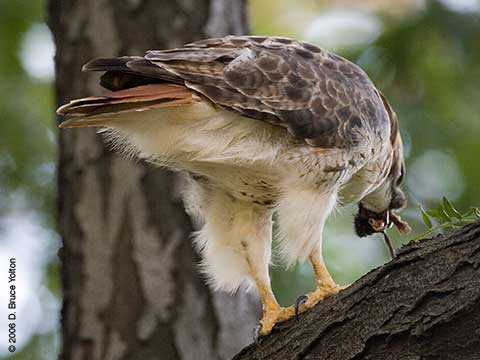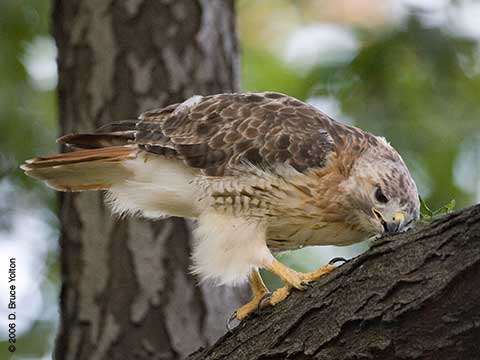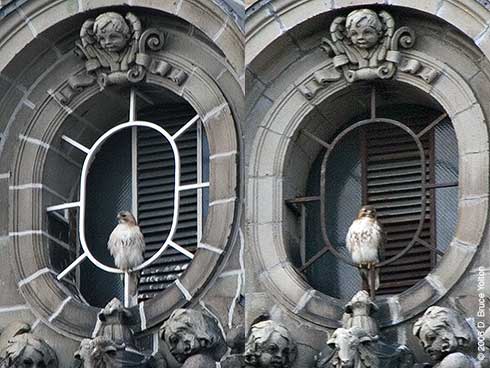Labor Day Picnic with Pale Male
Warning Graphic Content! If you’re not interested in seeing a rodent get eaten, you might want to view these pictures of Pale Male from a few weeks ago.
In the early evening on Monday, Pale Male was enjoying a meal of a mouse just opposite the north side of the Metropolitan Museum of Art.









